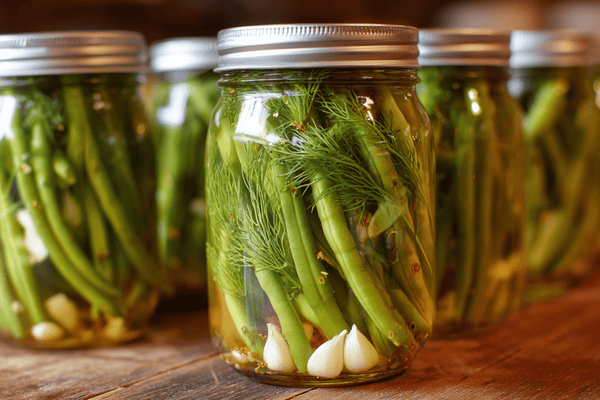
When you are buying kitchen knives, and other items made from metal, you may have been confronted with details about the Rockwell hardness scale. But what does this mean? It’s certainly something that can leave even the most adept chefs scratching their heads, but there’s no need to worry. Once you understand it, the Rockwell hardness scale can help you in choosing the right knife for your needs.
In this guide, we’ll be getting better acquainted with the scale and giving you the lowdown on how to use it to your advantage when shopping for knives.
Table of contents
So What Does The Rockwell Hardness Scale Measure?
The Rockwell hardness testing method was developed by a man named Stanley P Rockwell back in the early 1900s. It is, in the most simple terms, a unit of measurement for how strong a metal item is in terms of indentation hardness, including soft or thin materials. According to the strength of the metal (steel in the case of knives), it is given a number which can then be used to compare the quality of two items.The way that the Rockwell Scale rating is given is by putting the material under a test; impacting it with a heavy object. When the heavy item impacts the metal, it leaves an indentation. The scale takes into account the depth of that indentation and the amount of force taken to make it and rates it accordingly.

While there are different versions of the Rockwell test, it is usually the case that a cone-shaped piece of diamond is used to impact the metal. During the first round, a small amount of force is applied before taking the measurement, whereas on the second round, this force is increased before taking measurements of the indentation for a second time. The Rockwell Hardness number is determined by calculating the difference between the two measurements. This test can be used to measure medium case hardened steel, deep case hardened steel and shallow case hardened steel.
Is There Any Other Way of Measuring Steel Hardness?
Most manufacturers will supply you with a rating based on the test we described above, but Rockwell hardness test is by no means the only method of hardness testing. In actual fact, there are around 30 Rockwell Scales, each of which uses one of many combinations of hardness measurement techniques, tests, types of indentation and force. They are named after the letters of the alphabet and when shopping for knives, you’ll usually find that the Rockwell C Scale has been used.What Does the Rockwell Hardness Test Tell Me About My Kitchen Knives?
When you are buying kitchen knives, it is important to get an idea of the strength of the knife and that’s why the Rockwell hardness tests are essential. Here you will discover how resistant the steel is to permanent distortion and of course, we all want our kitchen knives to be as strong as possible.While it may feel a little alien when you are first getting to grips with the scale, what you really need to know are the important numbers. Knives with an HRC rating lower than 52 would be far too soft and it’s unlikely you’d ever see anything this low. This level is usually reserved for impact-cutting tools like the axe.
If you’re looking for an affordable kitchen knife then the HRC might be slightly lower, around 54 as while this is still soft, it would be acceptable for a knife, albeit not the best quality. You’d be much better off making an investment and going for a stronger knife with a rating of at least 55 HRC although some of the very best knives may go up to 64 HRC. But that doesn’t necessarily mean that as the numbers go up, the knives get better, 64 really is the limit.
When the HRC goes much higher than this, the steel begins to become more brittle and so you would find that your knife damages much more easily. It’s all about finding that sweet spot!
How To Find the Sweet Spot
What you must understand when buying a knife is that you cannot have the best of everything. A knife cannot be hard, tough and flexible all in one. But when making knives, the manufacturer will try to find a sweet spot that perfectly balances between a higher HRC and a lower on. This allows for the best edge retention as well as ensuring that the knife isn’t too brittle.When making a knife, the manufacturer can add carbon to the steel as a way of improving the hardness of soft steels; the more you add, the harder the knife is. The metal is heated allowing the two to blend together which changes how the metal behaves. It’s also possible to add further elements such as manganese, chromium and vanadium, amongst others.
Harder knives are favoured by chefs looking for a very thin blade whose cutting edge is fine and sharp. However, this comes at a cost so you’ll have to be willing to make something of an investment. In addition to this, you must keep in mind that these blades, while they do stay sharp for longer, will require much more effort and time to sharpen.


